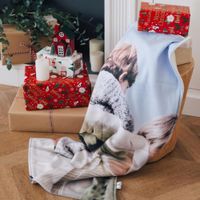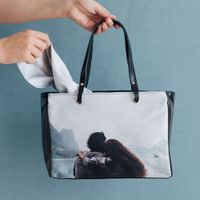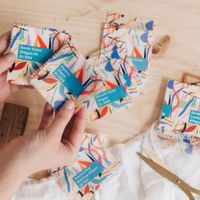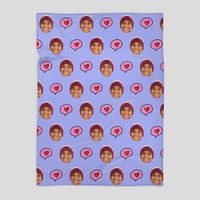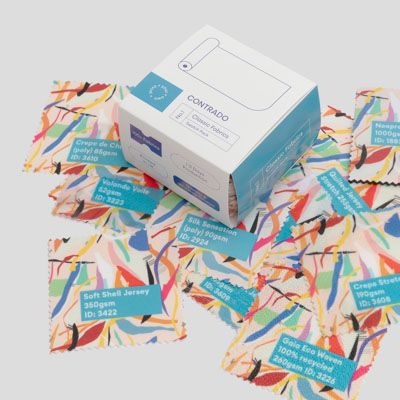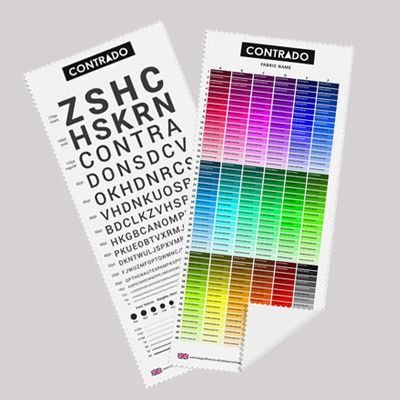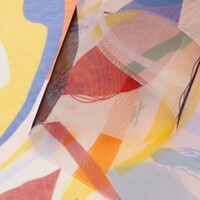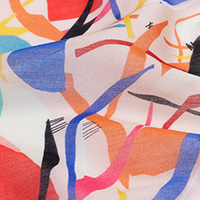Range of Voile Fabrics
Browse our range of voile fabrics
-
![Voile De Ville]()
Voile De Ville
-
Max Print:
1.49m
-
Weight:
120gsm
-
Roll Width:
1.51m
Medium weight, stiff and non-stretch with a matte finish
Composition:100% polyester
-
![Volando Voile]()
Volando Voile
-
Max Print:
1.41m
-
Weight:
52gsm
-
Roll Width:
1.43m
Light weight, soft and non-stretch with a matte finish
Composition:100% polyester
-
![Crystal Voile Cotton Silk]()
Crystal Voile Cotton Silk
-
Max Print:
1.33m
-
Weight:
40gsm
-
Roll Width:
1.35m
70% cotton 30% silk lightweight woven voile. Print shows through 90% to reverse. Super bright colours & deep blacks using reactive ink chemistry.
Composition:70% cotton 30% silk
Expected Shrinkage = Weft: 2% Warp: 1%
Care instructions
Wash at 30°C, low tumble dry heat, hang to dry, do not wring, low heat iron.
What is Voile Fabric?
Voile is a sheer, lightweight fabric which is very fine. It can be made from a variety of different fibres, both natural or man-made, which are high-twist and woven in plain weave. Voile is French for veil, and this fabric gets that name as it was originally used as a veiling fabric. The yarns in voile fabric are known as "voile yarns" as they have been twisted together more than in normal yarns (but not quite as much as in crepe yarns) to create a rounded single yarn. Sometimes these are twisted together with another single yarn, in the same direction, to create a two-fold voile yarn. Due to its soft sheer nature, voile is commonly used in bridal wear but is also ideal for crafting, creating linings, scarves and clothing and dressmaking too, as well as home interior items.
Made to Measure Voile Finishing
When printing on voile, you have different finishing options. We can send it to you as it comes off the printer, with an undyed border around the edges, or we can cut your personalised design on the line, removing all of the white space. You may prefer to have one of our expert seamstresses hem your printed voile fabric. If so, then you can choose either black or white thread, and either an overlock or folded hem. If you choose to have your voile printing hemmed, please ensure to allow 6-8 mm on each side for fabrics up to 100 gsm, and 15-20 mm for other fabrics.
